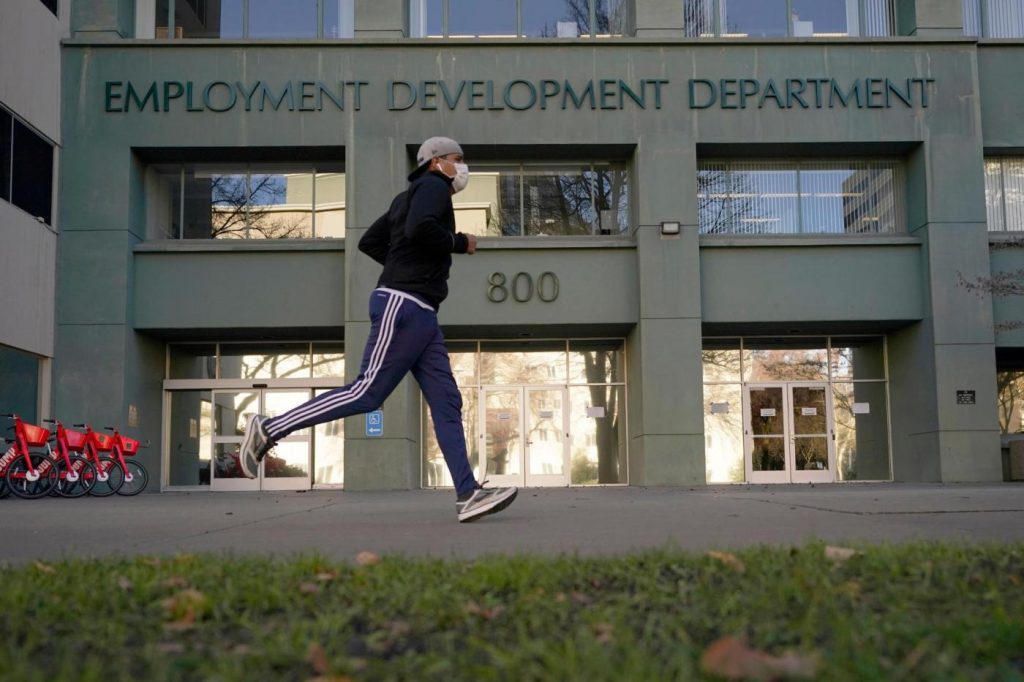Do you remember the 2023 recession? I hope not, because it didn’t happen. But back in 2022 there were so many confident predictions of imminent recession that I wonder whether some people have the vague sense that they must have come true.
Some of these predictions reflected bad economic analysis — the assertion that getting postpandemic inflation under control would be like the disinflation of the 1980s, which required years of high unemployment. I could have told you at the time that this analogy was wrong, and in fact I did. The inflation doomerism of 2022, I’m tempted to say, was the least responsible economic projection, at least by mainstream economists, made in the past 40 years.
But there was also a popular economic indicator that seemed to be flashing red. The yield curve — the spread between interest rates on long-term and short-term government bonds — normally slopes upward, because investors demand a premium for tying up their money for extended periods. When it inverts — when long-term rates are lower than short-term rates — this has historically predicted a recession.
However, in 2022 an inverted yield curve didn’t presage recession. I could talk about why this time was different, but it would take me too far from my current topic. You see, there’s a good chance that this Friday’s employment report will trigger another recession indicator, the Sahm Rule, named after Claudia Sahm, a former Federal Reserve economist who is now an independent consultant.
If so, how should we react? Will this time be different, or will it be another false alarm?
Reading the signs
As Sahm has explained, her rule wasn’t designed to predict recessions. It was, instead, meant to serve as a timely indicator that a recession was already underway and that the federal government should move quickly to limit that recession’s depth, for example by sending out stimulus checks.
The underlying logic behind the rule — which I’ll explain in a moment — was the observation that recessions typically involve a cumulative, self-reinforcing process: A modest initial slowdown tends to snowball because it leads to cuts in consumer and business spending. Business investment, in particular, tends to fall sharply in recessions because of the accelerator effect, which says that the level of investment depends on the rate of change of gross domestic product: You only need to buy more equipment, build more offices, etc. when the economy is growing, and you stop doing those things if it isn’t.
So how can you tell whether the economy has slowed up enough to set this cumulative process in motion? Sahm wanted a simple rule based on timely data, and what she came up with is that a recession is probably underway if the average unemployment rate over the past three months has risen 0.5 percentage points from its most recent low.
Why the unemployment rate? Because unlike, say, GDP, it’s reported monthly. Why a three-month average? Because monthly data is noisy, and you want to smooth it out a bit. Why 0.5 percentage points? Because that’s the number that seems to work best on historical data. In fact, it has worked incredibly well.
Now for the bad news: The unemployment rate has been creeping up lately, and it seems quite likely (though not certain) that when we get employment numbers Friday, they’ll trigger the Sahm Rule.
‘A cautionary message’
So are we entering a recession? A number of observers, including Sahm herself, have suggested that this time may be a bit different.
We’ve recently seen a big surge in new entrants to the labor force. Immigration is the biggest factor, but not the only one. For example, some combination of abundant jobs and the rise of remote work has led to a remarkable surge in the number of Americans with a disability either employed or seeking jobs.
The thing is, new entrants to the workforce, who are still finding their way in the job market, typically have higher unemployment than more established workers. So some of the recent rise in unemployment probably reflects friction rather than a weakening economy.
But it’s not all a statistical illusion. I like the way Sahm puts it: “The Sahm Rule is currently sending the right cautionary message about the labor market cooling, but the volume is too loud.” We probably aren’t in a recession, at least so far, but after many months of high interest rates the labor market is indeed weakening.
Related Articles
SunPower solar business meltdown triggers hundreds of Bay Area layoffs
Big push begins to beef up finances of landmark San Jose hotel tower
Big Lots to close dozens of stores around California, including Bay Area locations
East Bay manufacturing, industrial site is bought for $100 million-plus
San Jose office building may dodge foreclosure with bankruptcy plan
This has clear policy implications, especially for the Federal Reserve. We may not be in a recession yet, but the job market is looking a bit, shall we say, pre-recessionary. To be fair, other indicators are looking stronger. Still, the Fed, as the saying goes, is supposed to skate toward where the puck will be, not where it is right now. We may or may not be about to trigger the Sahm Rule, but there is already a very strong case for cutting interest rates.
But what about inflation? Glad you asked. On Monday, the New York Fed released its latest estimate of underlying inflation, based on an algorithm that’s supposed to separate the signal from the noise. The Fed’s target is 2%; the current New York Fed number is 2.06%.
By the way, this is not an outlier. Goldman Sachs has a proprietary measure of core inflation, and it’s also right at the Fed’s target.
So, back to the Sahm Rule. It looks as if it may be triggered Friday. Even so, don’t panic; it probably doesn’t mean that we’re in a recession. But the Fed should definitely be cutting rates.
Paul Krugman is a New York Times columnist.


